Peugeot 206 Petrol Diesel 2002 2006 Haynes Service Repair Manual
Peugeot 206 Petrol and Diesel 2002 - 2006 Workshop Service and Repair ManualNEW hardbackOther Peugeot Car Repair Manuals click herePeugeot 206 Petrol and Diesel 2002 - 2006 Haynes Workshop Owners Service & Repair Manual covers: Hatchback, Estate (SW) & Coupe Cabriolet, Including Special / Limited Editions. (Covers major mechanical features of Van). NOTE: Only maintenance, adjustment, minor repair procedures plus removal and installation are described for the Transmissions.
|
The Peugeot 206 is a supermini manufactured by the French automaker Peugeot from 1998 to 2010. Also though the 206 had finished production in most markets by 2010, it's still available as the 206+, with front and rear styling that resembles the Peugeot 207. During the early Peugeot, 1990s decided not to directly change the Peugeot 205, citing the reason that superminis were no longer worthwhile or profitable. Instead, Peugeot used a unique strategy and decided that its new, smaller, supermini, the Peugeot 106 (launched in 1991) would take sales from the lower end of the 205 range while the lowest models of the Peugeot 306 range, launched in 1993 to replace the Peugeot 309, would take sales from the top-end 205s. Between the 106 and 306, Peugeot hoped that the 205 would not require to be replaced, and could be phased out slowly, while customers who would normally plump for the 205 would continue to have a option with either smaller or larger car.Unfortunately for Peugeot, this strategy did not work. With the 205 phased out, other superminis like the Ford Fiesta and Volkswagen Polo continued to sell well and even increased in popularity, and without a direct competitor to these cars Peugeot had been losing sales fast. A new supermini was requiredan as well as the 206 was launched in 1998 as a somewhat belated replacement for the 205.
Although the 206 naming indicates a direct continuation from the 205, some critics state that the car should have instead been badged 207. This is because Peugeot launched its latest generation of cars in the early to mid 1990s, with the 106 of 1991, the 306 of 1993 and the 406 of 1995.Its ultimate successor - the Peugeot 207 - was launched in 2006. As of 2010, the twelve-year-old 206 was Peugeot's best-selling car of all time.It was built in England and France until the end of 2006. The end of British production coincided with the closure of the Ryton plant which Peugeot had taken over when buying Chrysler's European division in 1979.From April 2010, the Peugeot 206 had been no longer listed on Peugeot's current UK model range. LHD manufacturing finished in June 2010.With no larger in-house rival from CitroÃn to base its new supermini on (the CitroÃn Saxo shared its platform with the 106), Peugeot developed an all-new front drive platform for the 206.The 206 had been originally launched as a hatchback with 1.1L, 1.4L, and 1.6L petrol engines and a 1.9L diesel engine, a HDi version with common rail coming later. In 1999 a 2.0L GTi capable of 210 km/h (130 mph), and in 2003 a tuned version of the GTi called the Peugeot 206 RC (GTi 180 in the UK), were added to the range. It did 0–100 km/h (0-62 mph) in 7.4 seconds and it reached a top speed of 220 km/h (137 mph) with 177 PS (130 kW). In 2001, two more versions of the 206 were launched - the 206 CC (coupà convertible) with a folding steel roof and the 206 SW station wagon. A 4-door notchback sedan version, created by Iran Khodro, was unveiled in late 2005, and it is available in the Iranian, North Russian, Romanian, Chinese, African, Bulgarian and Turkish markets.
The 206 had been mainly manufactured in Peugeot's Poissy and Mulhouse factories although the car is also produced by Iran Khodro in Iran for that market. It was assembled in Chile for the Mexican and Colombian markets (French made 206s were cheaper than Chilean-built people, in Chile). The Brazilian manufacturing in Porto Real, Rio de Janeiro, started in 2001, followed by the SW version in 2005. The Brazilian production features 1.0L 16V, 1.4L 8V, and 1.6L 16V engines, the last two of which are versatile fuel engines (petrol/ethanol). The 1.0L version utilized a Renault-sourced motor and was produced until 2006.
The Peugeot 206 was also built at Ryton in Coventry, England, however, with the introduction of the '207' to the range Peugeot decided to close the Ryton factory and move production to Slovakia with EU funding. This had been despite the workforce and management conference or exceeding Peugeot quality and efficiency targets, making it one of their best plants. Ryton shut in January, 2007 with the loss of 2,300 jobs making it another blow to the British motor industry after MG Rover collapsed. The Peugeot 206 proved to be a sales success all over Europe. It was the best-selling car in European countries from 2001 to 2003.and it was the best car of the year of UK for 3 years 1998-2001 The 1.4L XR was the best-selling model. On May 26, 2005, the 206 celebrated the five millionth unit produced since its commercial launch on 10 September 1998. Sales in the United Kingdom were strong from the begin, with the 206 regularly being among the nation's five most popular new cars during its first six years on sale. Second-hand examples of the 206 traditionally hold their value well, due to high demand.The Peugeot 206 is also being produced in Villa Bosch, Buenos Aires, Argentina since 1999. The trims being manufactured are XR, XRD, XS, XT and XTD. The diesel powered versions make use of the obviously aspirated DW engine. Some of these variations are equipped with local-made engines in Jeppener, Buenos AiresIn May 2006, the Malaysian car manufacturer Naza launched a locally assembled version of the 206 with the name of "206 Bestari". In 2006, Peugeot started manufacturing of the 206 in China. In September 2006 CitroÃn China produced a slightly modified Peugeot 206 called CitroÃn C2 (this car has nothing in common with the European CitroÃn C2).
Peugeot 206 Petrol and Diesel 2002 - 2006 Workshop Service and Repair Manual 2003 2004 2005

 0 Items (Empty)
0 Items (Empty)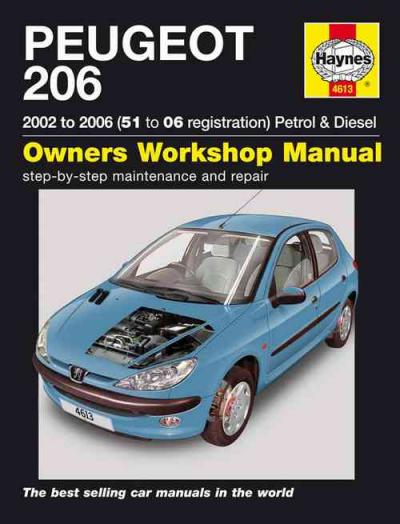


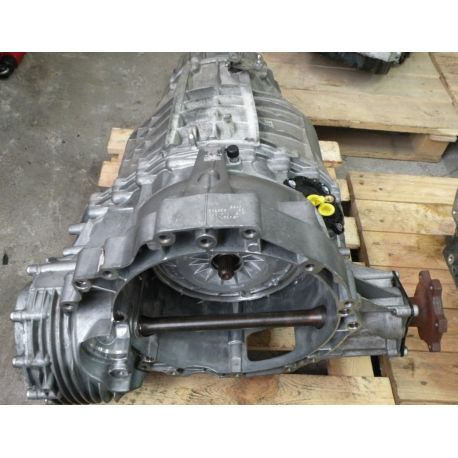
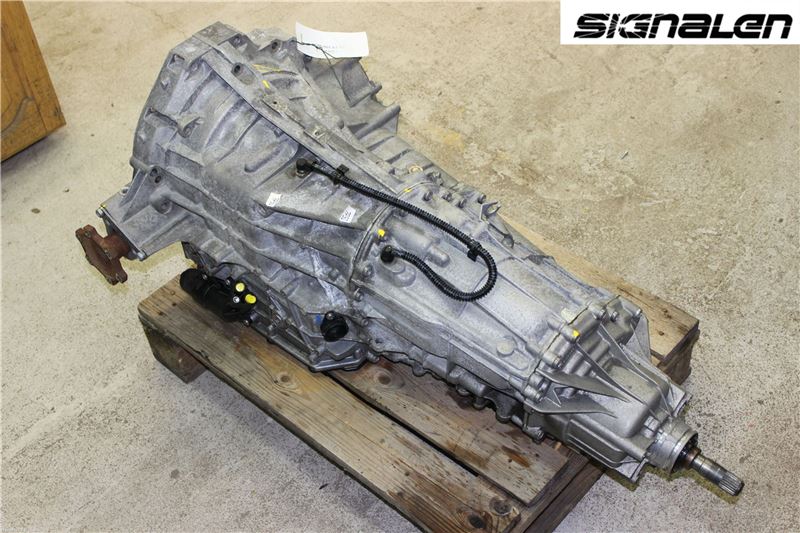
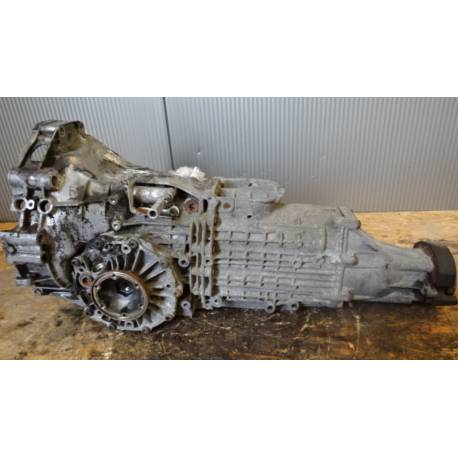
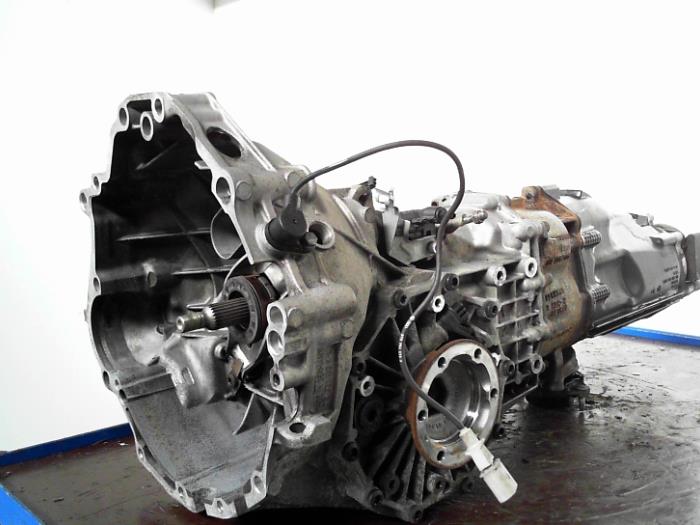
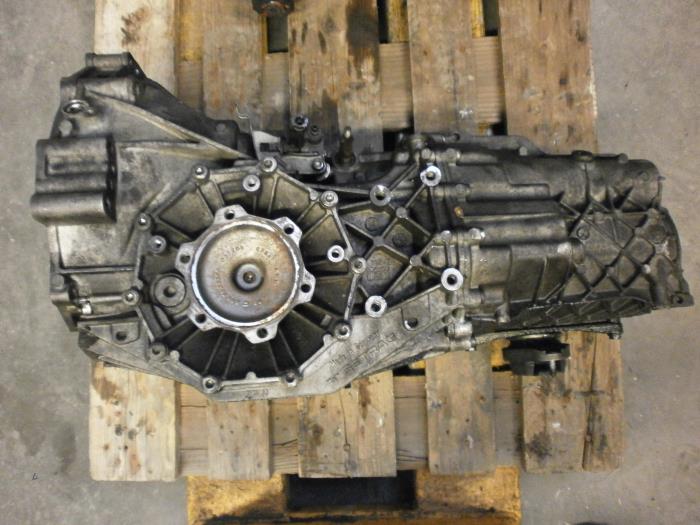
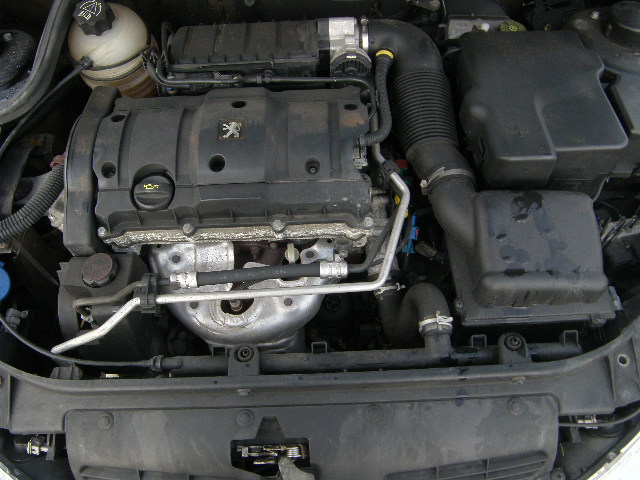
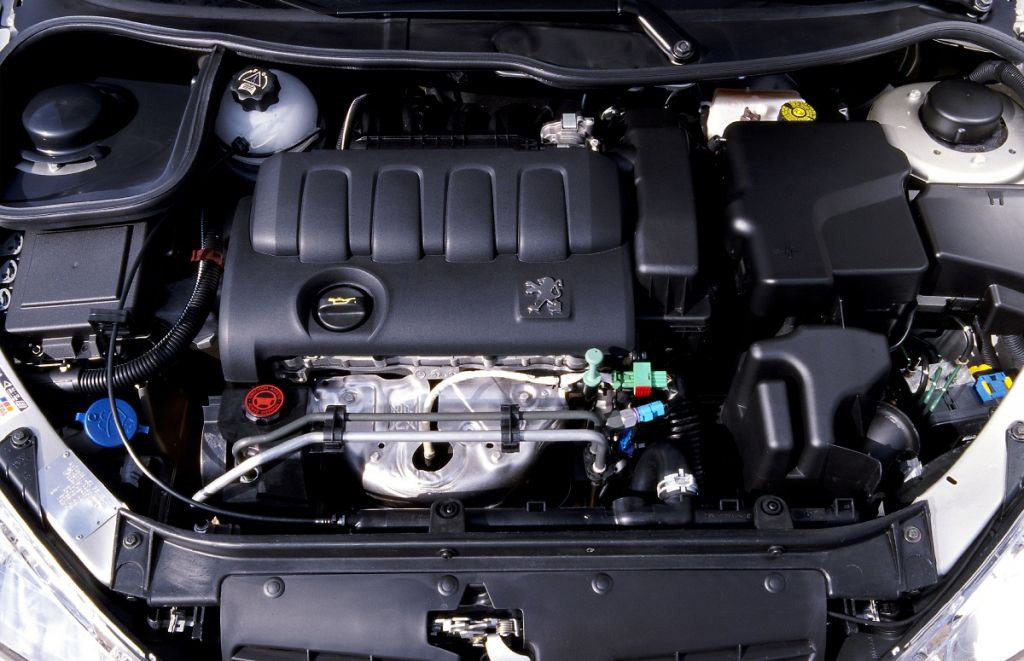
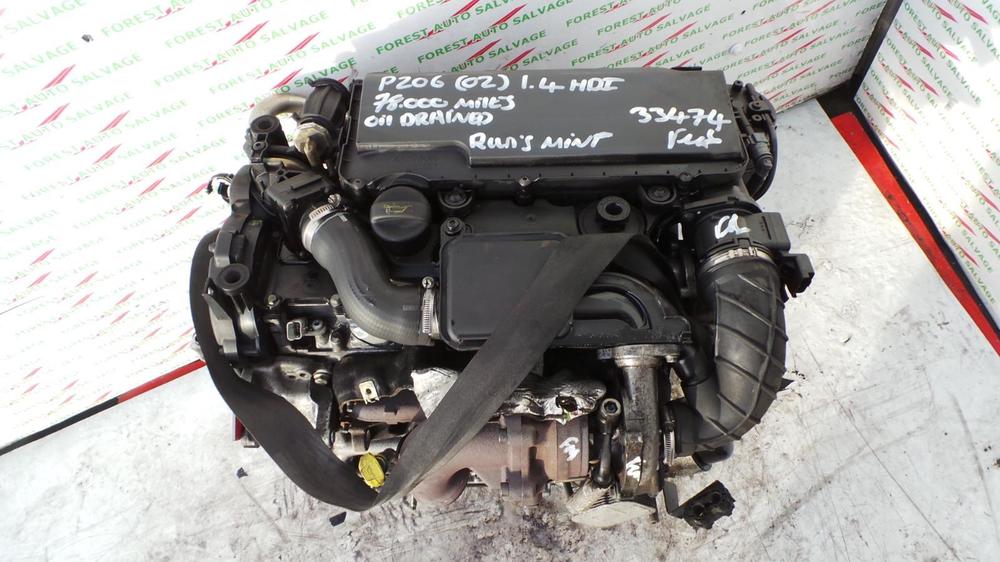
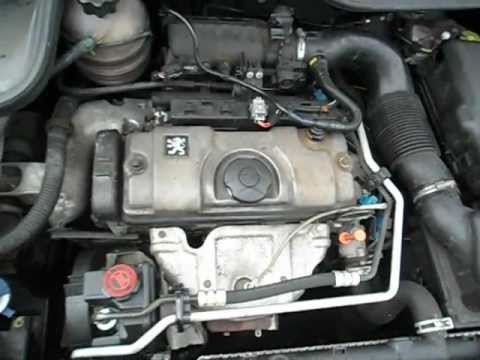
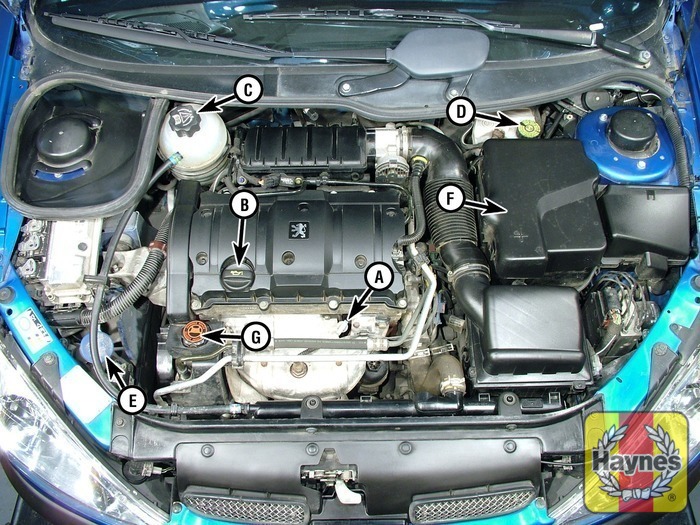
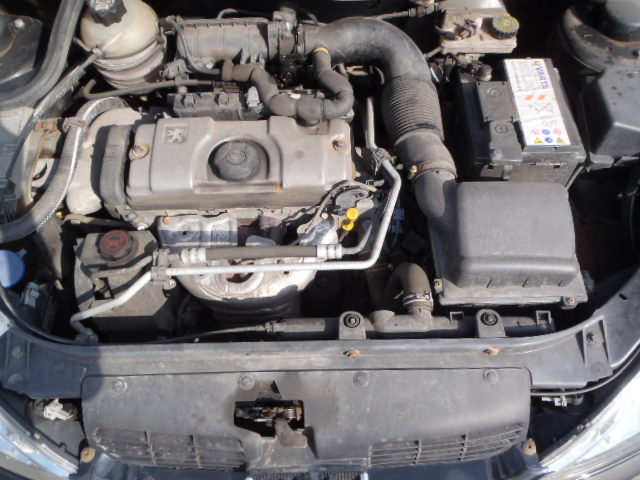
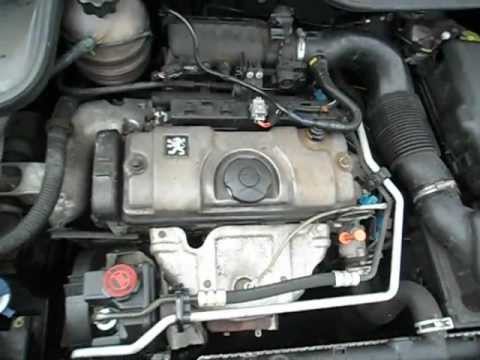 >
>